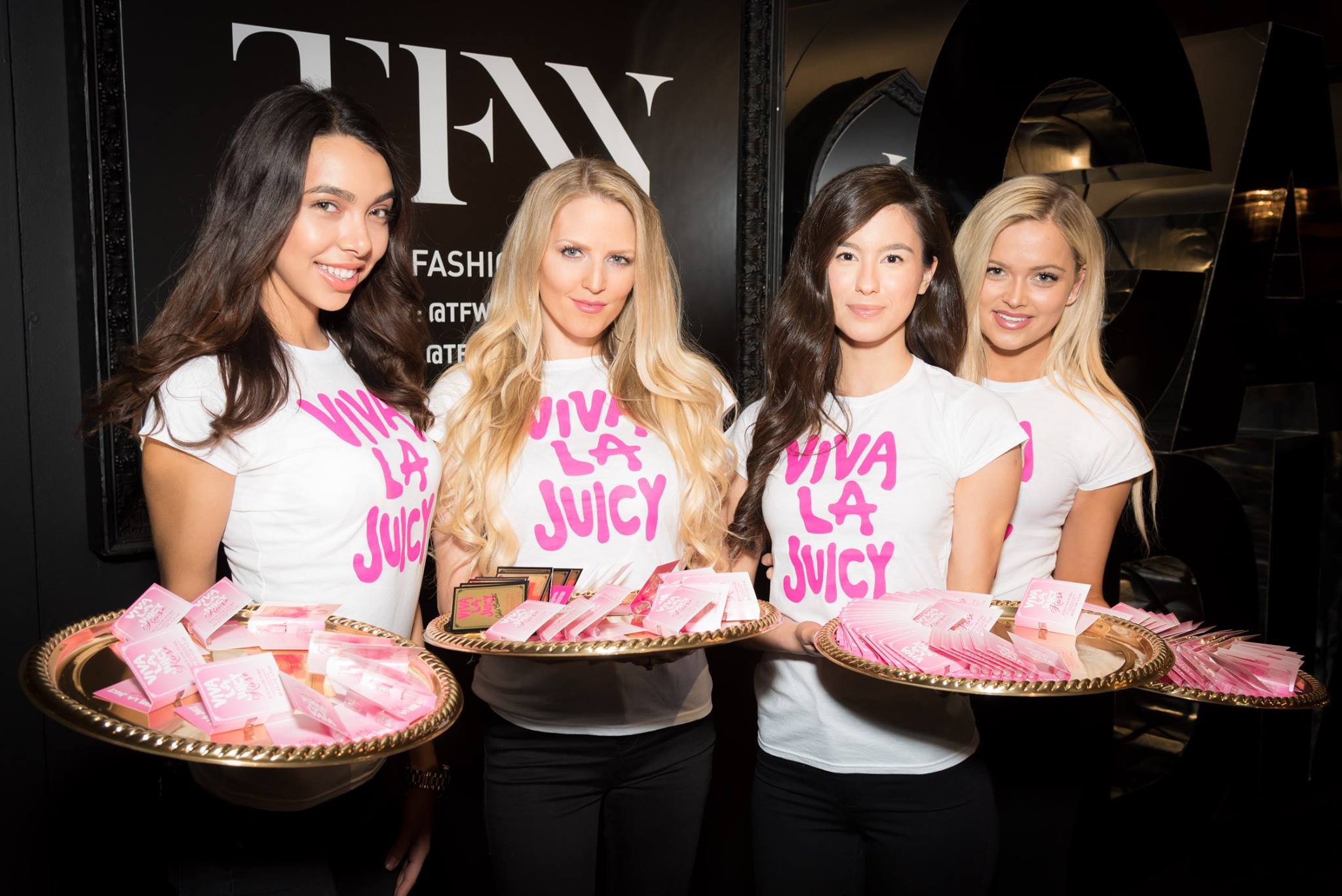Experiential Marketing: A Better Way to Drive Brand Equity

Does a comprehensive experiential marketing strategy positively impact brand equity? It’s an incredibly worthwhile question to investigate, as brand equity – the value a brand derives merely from the recognition and characteristics linked to its name – is a major player in determining why some brands surge forward while others are stunted and unable to move in any meaningful direction. (In Managing Brand Equity: Capitalizing on the Value of a Brand Name, David Aaker, UC Berkeley Professor Emeritus of Marketing Strategy, defines brand equity as “…a set of brand assets and liabilities linked to a brand, its name and symbol that add to or subtract from the value provided by a product or service to a firm and/or to that firm’s customers”; we find this definition useful in understanding the full extent of brand equity)
For instance, consider just a few of the advantages held by the company with strong brand equity (as outlined in The SAGE Handbook of Advertising, p. 55):
- Product performance is perceived as superior;
- Customer loyalty is bolstered;
- Profit margins are larger;
- Wider range of trade and partnership options;
- Increased licensing opportunities.
Now then…circling around to the question posed at the beginning of this piece: is brand equity enhanced by experiential marketing approaches? The good news: the research has been done and it rings rather clearly: in an exhaustive 2013 analysis by marketing and business professors who conducted both pre-event and post-event surveys (and examining 7 different interactive experiences, including sponsored events, trade shows, street events, and pop-up shops), it was discovered that live brand experiences do indeed strengthen brand equity, and significantly so. There are various other studies that underscore this point, but there are a couple of reasons why this bit of experiential marketing research is particularly persuasive.
First, the study used large sample sizes (for you non-statisticians out there, that means that we can be very confident in the results of the study): 7 different events, with over 1,100 questionnaires collected from pre-event and post-event attendees. Second, attendee attitudes regarding brand equity were investigated 1 to 2 weeks after the events, instead of immediately after – reinforcing the long-term relevance of the experiences in solidifying attendee emotions towards the brands under consideration.
These results are not all that surprising to serious practitioners of experiential marketing; but what may be surprising to some is the overall failure of traditional advertising to buoy up brand equity. This is the real clincher here: that while experiential marketing adds to brand equity, it also appears to stand alone in this respect. Consider this: a 2009 study in the Journal of Business Research discovered that while higher spending levels of traditional advertising positively affected brand awareness, it was not enough to improve key brand equity aspects (like brand association and perceived product quality).
The interesting thing about this study – the one just cited above – is that it specifically examined the extent to which individuals viewed the ads of specific brands as “creative, original and different from competing brands.” When research factors in these ad attributes, the capacity of traditional advertising to significantly impact brand equity practically vanishes. And that’s remarkable because experiential marketing is precisely how a brand can rise above the competitive din of an ad-mad world and present itself as genuinely creative, original, and different!



